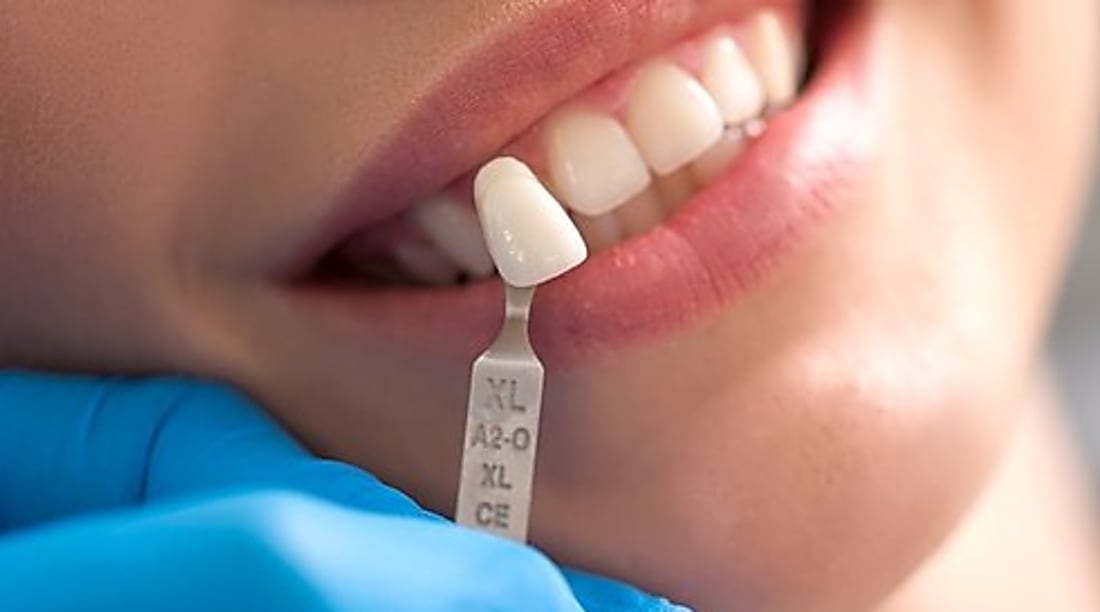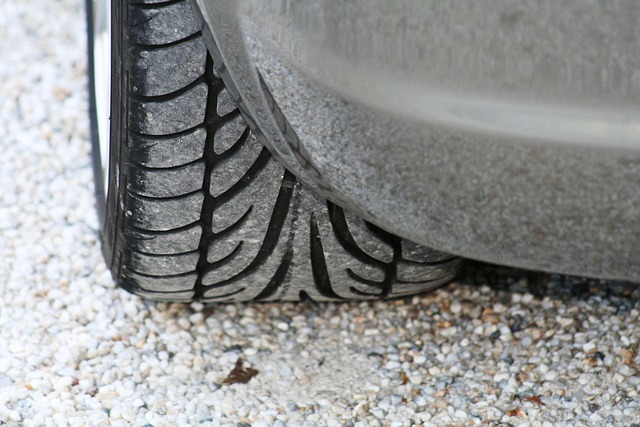Screwless Dental Implants: Modern Solutions for Tooth Replacement
Screwless dental implants represent an innovative approach to tooth replacement that eliminates traditional screw mechanisms. These advanced implant systems use alternative attachment methods to secure artificial teeth, offering potential benefits for patients seeking comfortable and effective tooth replacement solutions. Understanding the technology, costs, and options available can help individuals make informed decisions about their dental care.

What Are Screwless Dental Implants?
Screwless dental implants utilize advanced attachment mechanisms that don’t rely on traditional screw systems to secure the prosthetic crown to the implant post. Instead of threaded connections, these implants often use cement-retained crowns, magnetic attachments, or specialized locking mechanisms. The implant post itself is still surgically placed into the jawbone, but the method of attaching the visible crown differs significantly from conventional screw-retained implants.
This technology addresses some common concerns with traditional implants, including screw loosening, access hole visibility, and potential complications during maintenance procedures. The cement-retained approach creates a more seamless appearance since there’s no screw access hole that needs to be filled on the chewing surface of the tooth.
All-on-4 Screwless Implants: Full Mouth Solutions
All-on-4 screwless implants adapt the popular full-arch restoration concept by eliminating screw retention in favor of cemented prosthetics. This approach involves placing four strategically positioned implants in each arch to support a complete set of replacement teeth. The screwless design means the final prosthetic is cemented onto the implant abutments rather than screwed in place.
The procedure typically requires fewer implants than traditional full-mouth reconstruction, making it an attractive option for patients with significant tooth loss. The screwless attachment method can provide improved aesthetics since there are no visible screw access holes, and the cemented prosthetic often feels more natural to patients.
Screwless Dental Implant Cost Considerations
The cost of screwless dental implants varies significantly based on several factors including geographic location, complexity of the case, and the specific technology used. Individual screwless implants typically range from $3,000 to $6,000 per tooth, including the implant post, abutment, and crown. This pricing is generally comparable to traditional screw-retained implants, though some advanced screwless systems may carry premium pricing.
Factors affecting cost include the need for bone grafting, the type of restoration material selected, and the dentist’s experience with screwless systems. Insurance coverage varies, with some plans covering a portion of implant costs while others may not provide coverage for what they consider elective procedures.
| Treatment Type | Provider Example | Cost Estimation (CAD) |
|---|---|---|
| Single Screwless Implant | General Dental Clinics | $3,000 - $5,000 |
| All-on-4 Screwless (Per Arch) | Specialized Implant Centers | $15,000 - $25,000 |
| Full Mouth Screwless Restoration | Prosthodontic Specialists | $30,000 - $50,000 |
| Screwless Implant with Bone Graft | Oral Surgery Practices | $4,000 - $7,000 |
Prices, rates, or cost estimates mentioned in this article are based on the latest available information but may change over time. Independent research is advised before making financial decisions.
Cost of Dental Implants for Seniors
Seniors considering screwless dental implants face unique cost considerations and potential benefits. Many seniors have fixed incomes, making the upfront investment in implants a significant financial decision. However, screwless implants may offer long-term value through reduced maintenance needs compared to traditional dentures or bridges.
Some dental practices offer senior discounts or payment plans specifically designed for older adults. Additionally, seniors should investigate whether their supplemental insurance plans provide any implant coverage. The improved quality of life, better nutrition from enhanced chewing ability, and potential prevention of bone loss make implants a worthwhile investment for many seniors.
Medicare typically doesn’t cover dental implants, but some Medicare Advantage plans may offer limited dental benefits. Seniors should also consider the timing of their treatment, as healing may take longer with age, potentially affecting the overall treatment timeline and associated costs.
Advantages and Considerations of Screwless Systems
Screwless dental implants offer several potential advantages over traditional screw-retained systems. The cemented attachment method eliminates concerns about screw loosening, which can occur with traditional implants over time. The absence of screw access holes creates a more natural appearance and may be easier to clean and maintain.
However, screwless systems also present certain considerations. If repairs or adjustments are needed, accessing a cemented crown can be more challenging than simply removing a screw. This may require cutting off the crown, which could increase repair costs and complexity. Additionally, not all dental professionals have extensive experience with screwless systems, potentially limiting treatment options in some areas.
The choice between screwless and traditional implants should be made in consultation with a qualified dental professional who can assess individual needs, oral health status, and long-term treatment goals. Factors such as bite forces, aesthetic requirements, and maintenance preferences all play important roles in determining the most suitable implant approach.
Screwless dental implants represent an evolving area of dental technology that offers promising solutions for many patients seeking tooth replacement. While costs remain significant, the potential benefits in terms of aesthetics, comfort, and functionality make these systems worth considering for appropriate candidates. Thorough consultation with experienced dental professionals remains essential for making informed treatment decisions.
This article is for informational purposes only and should not be considered medical advice. Please consult a qualified healthcare professional for personalized guidance and treatment.




